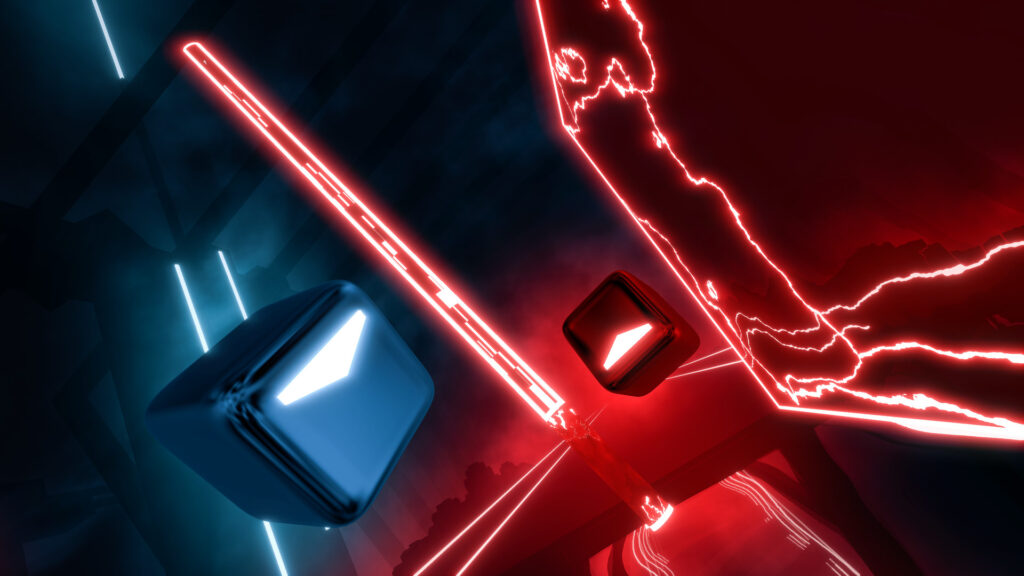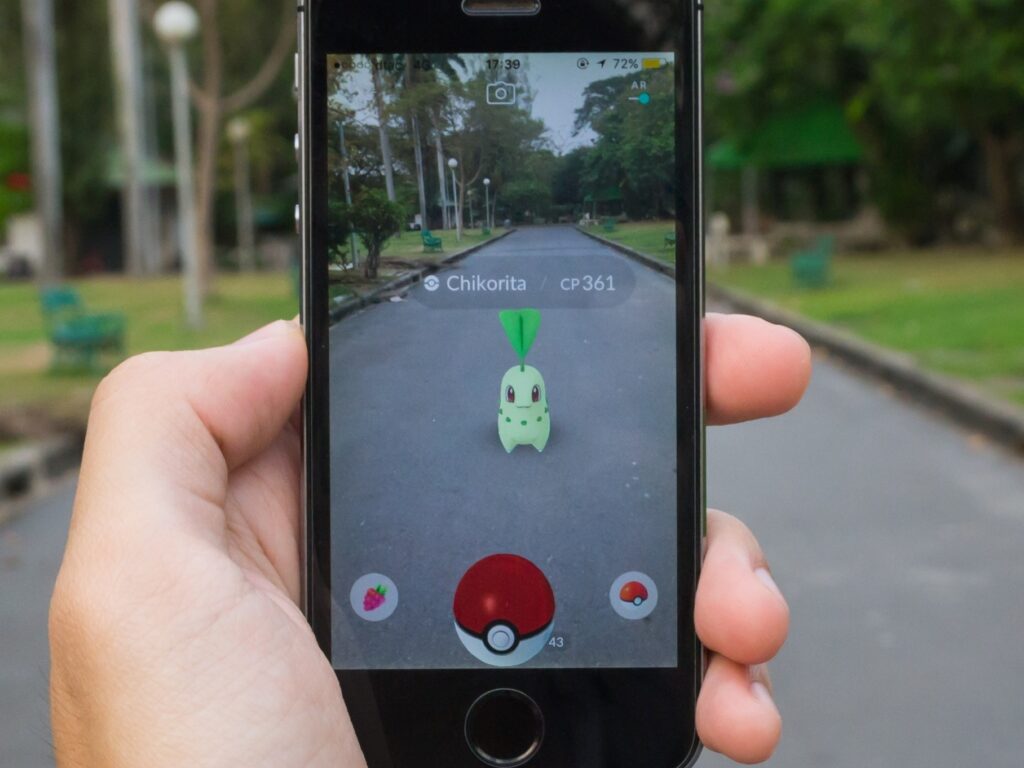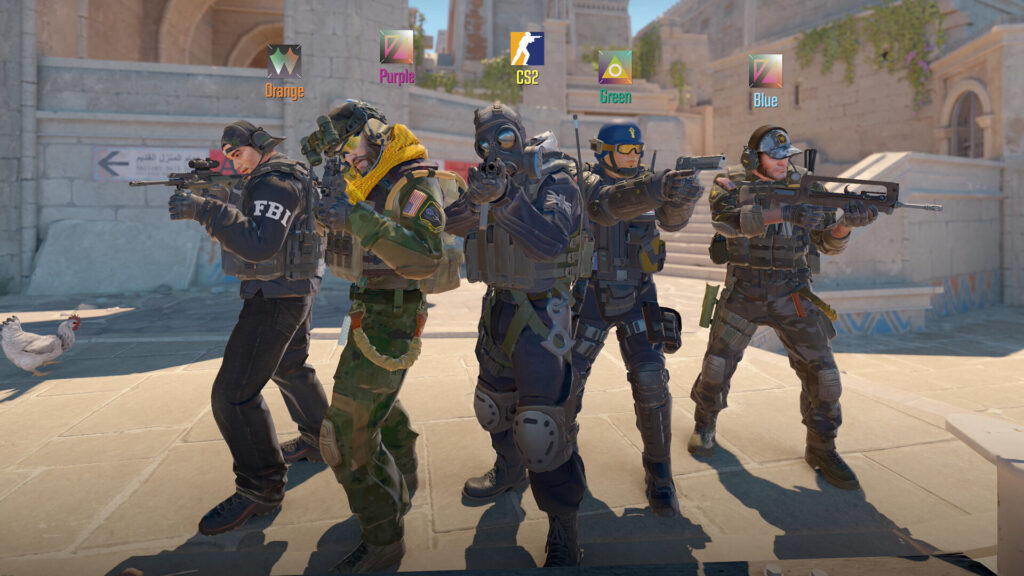Have you ever imagined stepping into a virtual world where your every move is perfectly understood by computers, where your heart rate and emotions can affect your environment, and where your other devices are deeply integrated with your digital experiences? Once touted as science fiction, this world is year after year getting a step closer to being real thanks to the Internet of Things – or IoT.
Everywhere you look, smart devices are becoming ubiquitous. From our homes to our workplaces, technology is quickly becoming an integral part of our lives, constantly evolving and pushing the boundaries of what’s possible.
And guess what? The gaming industry isn’t immune to this revolution. It’s one of the prime targets for this budding technology. Throughout this article, we’ll thoroughly explain the many benefits of IoT in gaming, as well as the many challenges it faces.
Benefits of IoT in gaming
As we mentioned above, IoT is rapidly transforming industries worldwide, and games are no exception. By connecting physical objects to the internet, IoT creates new opportunities (and challenges) for game developers to unleash their creative juices.
While some of these benefits are still out of reach, research and development are currently underway, so don’t be surprised if we make some huge leaps in the next few years.
Here are some of the most exciting benefits of IoT in gaming:
Intense immersion
Imagine stepping into a virtual world where your physical movements and interactions are reflected in the digital space with perfect fidelity. This is the promise of IoT-powered gaming, where sensors and other connected devices smoothly bridge the gap between the physical and virtual worlds.
Advanced trackers could capture your movements, monitor your heart rate, and even analyze your brain activity to dynamically craft an immersive experience unlike any other.
For example, picture a virtual world that responds to your emotional state. Feelings of hype and excitement could trigger a more hostile environment, complete with faster enemies and a red-tinged atmosphere; on the other hand, negative feelings could make the game throw you a bone or two in an attempt to make you happier.
Additionally, haptic feedback technology, which is currently in development, promises to enhance the sense of immersion further. Can you imagine how crazy it will be to feel the recoil of a virtual weapon or the howling wind of a frigid environment?
Tailored gameplay for increased user engagement
The future of IoT in gaming isn’t just about intense immersion – it’s also about creating experiences that are uniquely tailored to each player. This is where the latest technology shines, as it allows games to gather data on your gaming habits and preferences, transforming it into a dynamic and personalized journey.
Imagine, for example, a game that adjusts difficulty levels in real time based on your performance, providing a constant level of challenge without ever feeling frustrating or too easy; or maybe a game that recommends new quests that align with your individual interests and play style; or even something that creates unique storylines and character interactions based on your choices, making you feel like the main character of your own custom-tailored narrative.
Hopefully, soon, this level of personalization won’t be a pipedream anymore!
Combining education and physical activity into games
With the rise of wearable technology and fitness trackers (like those fancy wristbands), the lines between gaming and fitness could soon fade away. IoT-powered games can harness the power of these tiny devices to transform physical exercise into an engaging and rewarding experience.
These games could track the user’s movements using smartwatches and fitness trackers, translating their real-world activities into in-game progress. They could also monitor the gamer’s heart rate and adjust difficulty levels in real time, ensuring they’re working out at an intensity that is safe, effective, and sustainable.

With enough external data and input from professional trainers, these games would be able to offer personalized workout routines tailored to their fitness goals and limitations. Sure, they might be no match for an actual personal trainer, but AI and IoT-powered devices could make a hell of a duo.
Furthermore, these games could use gamification techniques by using leaderboards, challenges, weekly rewards, and more to keep users engaged. For many result-oriented gamers, being able to compete with friends, unlock new levels, and earn rewards for reaching their goals would provide a massive motivation boost.
Similarly, educational games could use the same principles to give students a safe and personalized environment. With proper implementation, these games would adapt to each student’s learning style and pace, ensuring they’re always engaged and challenged at the appropriate level.
While not as technologically advanced as these descriptions, we’re currently witnessing how IoT devices and VR technology can be used to provide fun rehabilitation exercises for individuals recovering from injuries.
Data-driven insights for continuous improvement
While this one mainly benefits developers, everyone is bound to reap these rewards as well. By getting massive amounts of data on how players interact with the game and their IoT devices, game designers can identify areas for improvement and refine their ideas.
This data-driven approach to game development allows creators to be more responsive to player needs and preferences, identifying issues faster, and improving the game balance. All this information could also be used to identify potential trends and preferences, letting them anticipate and address future player demands.
Yes, all this data will be a goldmine for game developers!
Fostering social interaction in the real world
In today’s digital age, we’re already intensely connected through the internet (that’s how you found us in the first place, right?), sharing our lives and experiences through social media platforms and online communities.
With the integration of IoT devices, we can expect this level of interaction to deepen further, creating new and innovative ways for gamers to connect and take part in shared experiences with other players.
For example, imagine a game that allows gamers to use their real-world environment to influence the game world in some way; a game that connects players based on their physical location; or a title with exciting in-game events that spill over into the real world.

Pokémon GO, one of the most popular mobile games ever, is one such game. It uses the real world as its canvas and encourages players to connect to take on raids, serving as a powerful tool for social interaction in the real world.
Furthermore, this trend towards interconnectedness aligns with the growing (and controversial) concept of the metaverse, a collection of linked virtual worlds designed to be persistent. Shortly, we can expect to see IoT devices play a key role in facilitating social interaction within these digital spaces, creating a seamless and immersive experience for all of its users.
Challenges of IoT in gaming development
While we can’t ignore the potential of IoT in gaming, there are significant challenges that developers must overcome to fully realize it. We can divide them into four distinct categories:
Privacy, security, and ethical concerns
IoT-powered games collect vast amounts of data about players, including their physical movement, physiological responses, and even their brain activity. This raises serious concerns about privacy and security.
Players must be given control over their data privacy settings, and developers must be transparent about how they collect and use these vast amounts of data. Furthermore, developers must ensure that they have robust data protection measures (like end-to-end encryption) to protect their collected information from unauthorized access and misuse.
We’ve seen time and again even tech giants being the target of such attacks. For example, do you remember when a data breach exposed over 530 million Facebook users back in 2021? Or Yahoo’s 3 billion (with a “b”) accounts being compromised in 2013?
Also, game creators need to be mindful of the potential for addiction and other negative social impacts that could arise from immersive and personalized gaming experiences.
Low-latency IoT devices are a must
The seamless integration of IoT devices into games is necessary for a smooth and enjoyable experience. However, delays in data transmission can not only be annoying but also disrupt gameplay. This can be particularly frustrating in fast-paced games, like first-person shooters (FPS) titles, where even millisecond delays can be the difference between triumph and defeat.

For this reason, engineers must look into creating low-latency IoT devices while developers must optimize their networks to minimize latency and ensure a responsive experience in regards to IoT in gaming.
Increased costs for everyone
As of now, IoT devices can be really expensive, creating a barrier for both developers and players. This limits the accessibility of IoT-powered games and hinders their adoption by the average gamer.
Additionally, we must consider how IoT devices can add a lot of complexity throughout the development process, which can lead to higher expenses, which might be passed onto customers.
Lack of interoperability and standardization
The current landscape of IoT devices is fragmented, with various manufacturers using different protocols and standards. This lack of interoperability can create challenges for developers who want to integrate a variety of devices into their games.
IoT in gaming: Conclusion
While the integration of IoT in gaming is still in its early stages, it has the potential to revolutionize the way we play and interact with games. From creating realistic and immersive experiences to dynamically tailoring gameplay to individual preferences, IoT holds the key to unlocking a new era of personalized and engaging gaming experiences.
However, as we’ve seen throughout this article, there are significant challenges to overcome before the technology’s full potential can be realized. For one, there’s the lack of standardization and the high costs associated with these devices, but concerns surrounding data privacy and security are far more serious.
Having said that, with continued research and development, we can soon expect to see innovative IoT devices for deeply immersive experiences hitting the shelves near you.
In the meantime, tell us: have you ever had the urge to create something original? A game that could potentially reach millions of players worldwide? If you have an amazing idea for a game, but lack the time to commit to its development, consider partnering with Main Leaf, a trusted game studio in activity since 2012.
Our dedicated team of 70+ experts covers every aspect of game development, from its design and asset creation to its programming and testing. We’re able to work with multiple game platforms and the newest technologies in the industry, like NFTs and blockchains.
Don’t let time constraints hold you back – contact Main Leaf today to bring your gaming dreams to life!

